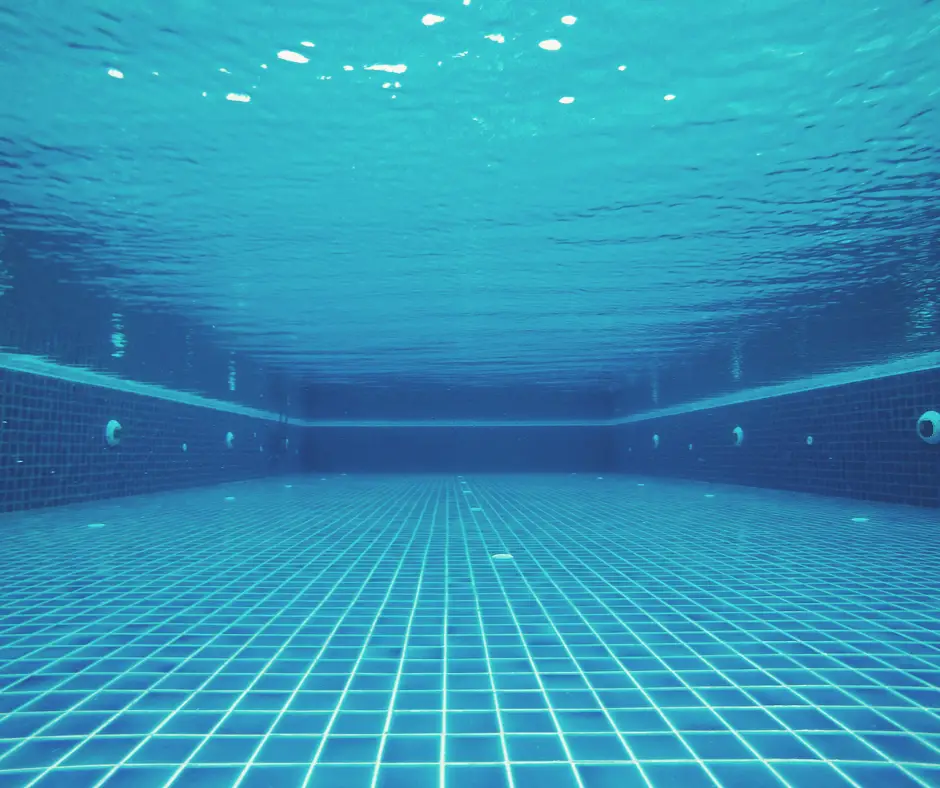
Investing in a swimming pool is both an addition to the quality of your home and a venue for relaxation and enjoyment. It gives an aesthetic touch on your simple backyard. A swimming pool is also an oasis that provides your friends and family members a place to wash all of their troubles away. As a man-made oasis, the quality of water must be maintained clean and inviting to plunge in. With that, a pool owner must know the exact way of maintaining the swimming pool water on a regular basis. The pool water capacity or volume is important to know in swimming pool maintenance.
The swimming pool water volume is probably the most important thing you’ll ever have to know about your pool. There are reasons you might need to know how many gallons of water the pool can hold. Those reasons may differ based if you are installing a new pool or you are working the maintenance activity of your existing pool.
How many gallons of water are in my swimming pool? Length x width x average depth x 7.5 = volume (in gallons). Multiplying that by the average depth gives the volume in cubic feet. Since there are 7.5 gallons in each cubic foot, multiply the cubic feet of the pool by 7.5 to arrive at the volume of the pool (expressed in gallons).
So there are the formulas in every pool shape to figure out how much water your swimming pool needs or is in your swimming pool right now. These formulas hold true with both in-ground and above ground swimming pools. And below, is a chart of common sizes of pools and how many gallons of water it can hold.
Standard Inground Pool Volumes in Gallons by Size
| Pool Size (in feet) | 3.5 ft Avg Depth | 4 ft Avg Depth | 4.5 ft Avg Depth | 5 ft Avg Depth |
| 12′x24′ | 7,600 | 8,600 | 9,700 | 10,800 |
| 14′x28′ | 10,300 | 11,800 | 13,200 | 14,700 |
| 15′x30′ | 11,800 | 13,500 | 15,200 | 16,900 |
| 16′x32′ | 13,400 | 15,400 | 17,300 | 19,200 |
| 18′x36′ | 17,000 | 19,400 | 21,900 | 24,300 |
| 19′x38′ | 19,000 | 21,700 | 24,400 | 27,100 |
| 20′x40′ | 21,000 | 24,000 | 27,000 | 30,000 |
| 22′x44′ | 25,400 | 29,000 | 32,700 | 36,300 |
| 25′x45′ | 29,531 | 33,750 | 37,968 | 42,187 |
| 25′x50′ | 32,800 | 37,500 | 42,200 | 46,900 |
| 30′x50′ | 39,375 | 45,000 | 50,525 | 56,250 |
Above Ground Swimming Pool Water Volumes by Size
| Size | 48in Wall* | 52in Wall* |
| 12ft Round | 2,975 gallons | 3,398 gallons |
| 15ft Round | 4,646 gallons | 5,310 gallons |
| 18ft Round | 7,646 gallons | 8,602 gallons |
| 21ft Round | 9,106 gallons | 10,408 gallons |
| 24ft Round | 11,895 gallons | 13,594 gallons |
| 27ft Round | 15,054 gallons | 17,205 gallons |
| 30ft Round | 18,585 gallons | 21,240 gallons |
| 33ft Round | 22,488 gallons | 25,700 gallons |
| 12′x24′ Oval | 5,948 gallons | 6,797 gallons |
| 15′x30′ Oval | 9,293 gallons | 10,620 gallons |
| 16′x32′ Oval | 10,573 gallons | 12,084 gallons |
| 18′x33′ Oval | 12,267 gallons | 14,019 gallons |
* Assumes water depth is 6 inches less than the wall height
Why Do I Need to Know the Water Volume?
You are on your way to using your newly constructed swimming pool. The only step is filling the pool with water and you will get your total cost in pool installation. That includes how much water you needed to fill the swimming pool and the cost of filling it.
With an existing swimming pool, the main reason to know the total gallons the pool may hold is the exact chemical treatment you need for cleaning. It is essential when adding the pool chemicals that you use the proper amount for your pool size. Choosing the proper pool equipment, such as pool pumps, filters, and others, is also based on a pool’s water volume.
For the above-ground or in-ground swimming pool that considers using the salt system, knowing how many gallons of water may lead you for a correct purchase and dosage for the swimming pool. With these reasons, you may start computing the exact gallons your pool holds.
Pool Gallon Calculation
You should understand how much your pool holds in gallons of water or the pool’s volume. The pool volume can be calculated by including the depth of the pool with its surface area. Different pool shapes have different calculations finding its volume. For accurate calculations, the pool should be divided into various areas according to the pool’s depth. Prepare your tape measure to find out the pool’s length, width, average depth and multiplier to compute how many gallons of water are there in your swimming pool.
Here are the calculations and sample computations you may use to find the accurate volume of your pool for filling your pool.
Square or Rectangular Pool
- Measure the length and width of the pool. For a rectangular pool, just measure the longest side and the other, shorter, side of the pool. For the square pool, just measure one side of the pool because four sides of the square have the same length. Length multiply by the width will result in the pool’s surface area.
- Measure the depth of the pool. The depth of the pool is a crucial dimension of the pool. In a constant depth pool, you only need one measurement to get the depth.
- By multiplying the surface area (length x width) by the pool’s depth it results to its volume in a cubic foot (ft3)
- One cubic foot of water contains 7.5 gallons. So, multiply the pool’s volume, in cubic feet, to 7.5 to convert it in gallons.
Length x Width x Depth x 7.5 = Volume (in gallons)
Circular Pool
- In every circular shape, 3.14 or the pi is a mathematical constant.
- Find the surface area of a circular by multiplying the pi, 3.14, by the squared radius, or half of the dimension of the circle.
- Measure the average depth of the pool. The average depth of the pool can be obtained by adding the measurement of the shallowest end and the deepest end of the pool then dividing it by two.
Average Depth = (Shallowest end + Deepest end) / 2
- By multiplying the surface area (3.14 x squared radius) by the pool’s average depth it results to its volume in a cubic foot (ft3)
- One cubic foot of water contains 7.5 gallons. So, multiply the volume of the pool, in cubic feet, to 7.5 to convert it in gallons.
3.14 x Radius Squared x Average Depth x 7.5 = Volume (in gallons)
Freeform Pool
- Measure the length and width of the pool. The length is constant. You need to find the average width by adding up the different widths and dividing by the amount of width. Sample the free form pool has three widths, you need to total the three and divide it by number 3 then you will get the surface area.
- Measure the average depth of the pool. The average depth of the pool can be obtained by adding the measurement of the shallowest end and the deepest end of the pool then dividing it by two.
Average Depth = (Shallowest end + Deepest end) / 2
- By multiplying the surface area (Length x average width) by the pool’s average depth it results to its volume in a cubic foot (ft3)
- One cubic foot of water contains 7.5 gallons. So, multiply the volume of the pool, in cubic feet, to 7.5 to convert it in gallons.
Length x Average Width x Average Depth x 7.5 = Volume (in gallons)

